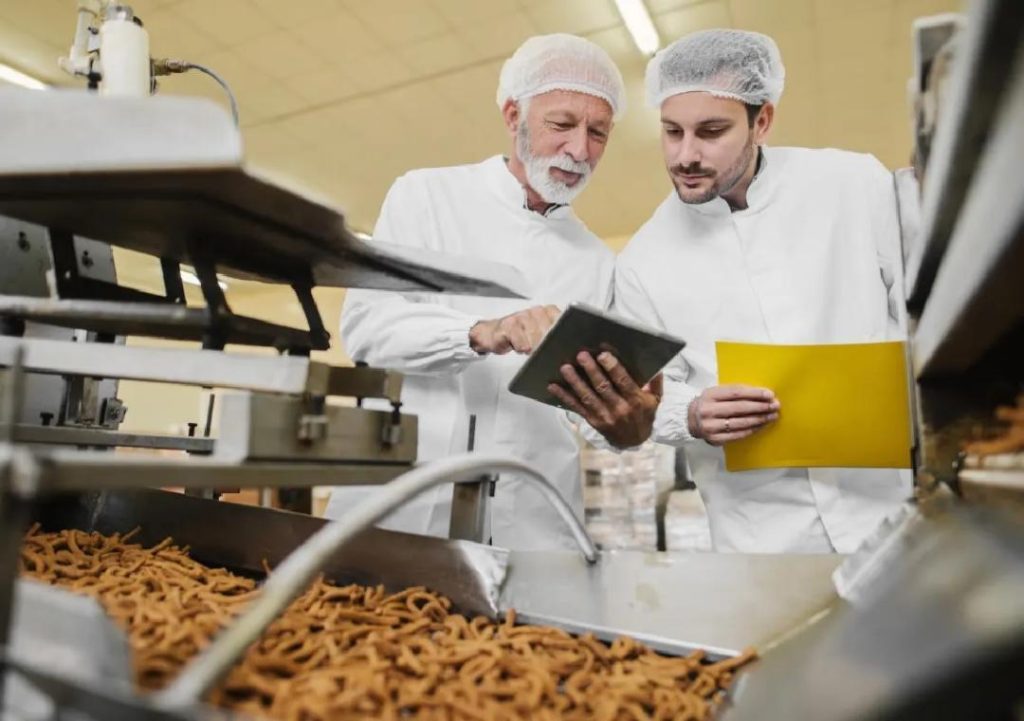
Can P&L Optimisation Redefine Success in Food Technology?
The food technology industry is undergoing a significant transformation, driven by the need for companies to optimise their profit and loss (P&L) operations to stay competitive. In an increasingly complex and competitive market, food tech companies are turning to automation, smart inventory systems, and data analytics to streamline their P&L operations and improve profitability.
The benefits of P&L optimisation in food technology are numerous. By streamlining P&L operations, companies can reduce waste, sharpen demand forecasting, and make better decisions. These tools also enable businesses to adopt scalable models, boost margins, ensure sustainable growth, and stay ahead of the competition.
In this blog post, we’ll explore the importance of P&L optimisation in food technology, the challenges faced by companies, and the solutions available to achieve success.
The Challenges of P&L Management in Food Technology
Food technology companies face a unique set of challenges when it comes to P&L management. The industry is characterised by high inventory turnover rates, complex supply chains, and fluctuating demand patterns. These factors can make it difficult for companies to accurately forecast demand, manage inventory, and control costs.
Additionally, the food industry is subject to strict regulations and quality control standards, which can add complexity to P&L management. Companies must ensure that they are compliant with these regulations while also maintaining high-quality products and processes.
The Benefits of P&L Optimisation
So, what are the benefits of P&L optimisation in food technology? By streamlining P&L operations, companies can:
- Reduce Waste: Automation and data analytics can help companies identify and eliminate waste throughout their supply chain. This can lead to significant cost savings and improved profitability.
- Sharpen Demand Forecasting: Advanced analytics and machine learning algorithms can help companies accurately forecast demand, reducing the risk of overstocking or understocking inventory.
- Make Better Decisions: With access to real-time data and insights, companies can make informed decisions about production, inventory, and pricing.
- Adopt Scalable Models: P&L optimisation enables companies to scale their operations efficiently, reducing the risk of inefficiencies and cost overruns.
- Boost Margins: By reducing waste, improving demand forecasting, and making better decisions, companies can increase their profit margins and improve their bottom line.
Solutions for P&L Optimisation
So, how can food technology companies achieve P&L optimisation? There are several solutions available, including:
- Automation: Automation can help companies streamline their P&L operations, reducing the need for manual data entry and improving accuracy.
- Smart Inventory Systems: Smart inventory systems use real-time data and analytics to optimise inventory levels, reducing waste and improving demand forecasting.
- Data Analytics: Advanced data analytics and machine learning algorithms can help companies identify trends, patterns, and anomalies in their P&L operations, enabling them to make informed decisions.
- Cloud-Based ERP Systems: Cloud-based ERP systems provide real-time visibility into P&L operations, enabling companies to track performance, identify issues, and make adjustments in real-time.
Case Study: How P&L Optimisation Can Drive Success
One food technology company that has achieved success through P&L optimisation is [Company X]. Prior to implementing a P&L optimisation solution, [Company X] was experiencing high inventory levels, leading to significant waste and inefficiencies.
By implementing a smart inventory system and advanced data analytics, [Company X] was able to streamline its P&L operations, reducing inventory levels by 20% and waste by 15%. The company also improved its demand forecasting, reducing the risk of overstocking or understocking inventory.
As a result of P&L optimisation, [Company X] was able to boost its profit margins by 10%, increase its sales by 15%, and achieve sustainable growth.
Conclusion
P&L optimisation is a critical component of success in the food technology industry. By streamlining P&L operations, companies can reduce waste, sharpen demand forecasting, and make better decisions. These tools also enable businesses to adopt scalable models, boost margins, ensure sustainable growth, and stay competitive in the industry.
In this blog post, we’ve explored the importance of P&L optimisation in food technology, the challenges faced by companies, and the solutions available to achieve success. By implementing automation, smart inventory systems, data analytics, and cloud-based ERP systems, food technology companies can achieve P&L optimisation and drive success.
Source:
https://www.growthjockey.com/blogs/p-and-l-operations-in-food-tech






